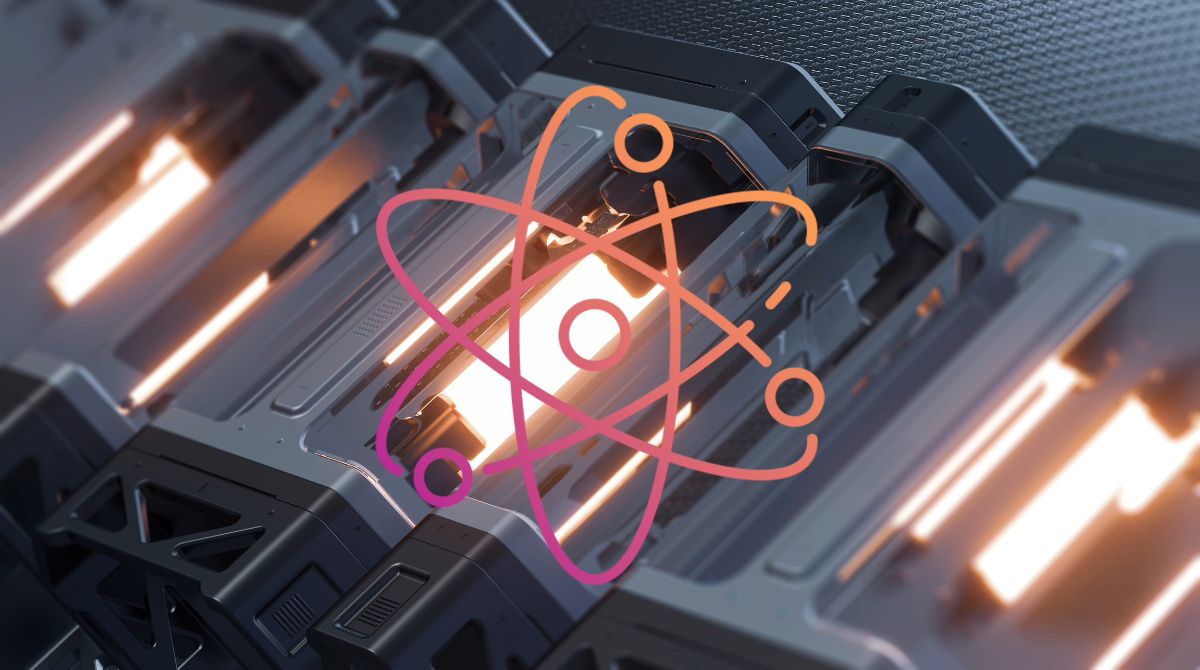Nowadays, and with increasing force, quantum batteries arrive as a highly valuable solution for the energy future. These batteries, based on the principles of quantum mechanics, They offer storage potential and energy capacity that exceeds conventional ones. For example, they promise to fully charge electric cars in a matter of seconds.
The ever-growing demand for energy, along with the need to address environmental issues, has generated enormous interest in innovation in the field of batteries. As devices are ubiquitous in daily technological life, there is a need to find more efficient and sustainable options.
This is precisely what a recent study, carried out by Lanzhou University in China, has done. It has revealed more data about the effectiveness of quantum batteries and the difference from traditional batteries that wear out over time and lose autonomy, This novelty could maintain its efficiency forever.
The results of this study, which are available to everyone pending peer review, at least put a great future solution regarding energy storage on the table.
Wireless quantum batteries could become the future breakthrough for energy storage
Although interest in quantum batteries is relatively recent, it should be noted that the scientific bases of this technology date back several years.
Quantum mechanics, which is undeniably complex, focuses on the behavior of particles on a tiny scale, that of atoms and subatomic particles. On this scale, The classical laws of physics are useless, which gives rise to never-before-seen phenomena that are gradually being discovered..
These batteries use the principles of quantum mechanics to store energy in a totally different way than conventional batteries, allowing faster and more efficient energy release.

getty
On the other hand, and while conventional batteries have limits in terms of capacity and charging speed, with respect to quantum batteries, experts agree that this technology could redefine current standards, offering hitherto unknown possibilities.
However, these new batteries are very sensitive to the outside, which could lead to a loss of charging capacity or a decrease in efficiency over time. In response to this underlying problem, the research team led by Professor Jun-Hong An has proposed a new approach.

getty
Instead of resorting to the traditional charging method, in which the battery and charger maintain direct physical contact, this device has completely changed the rules. They have introduced what they call a “waveguide”, which is, in a nutshell, a rectangular-shaped metal conduit and within this conduit an electromagnetic field is generated.
Battery and charger They are located in separate areas within this waveguide, without needing to touch each other directly, allowing efficient wireless charging of quantum batteries.. As they explain, this method is totally viable.
This not only improves the effectiveness of quantum batteries, but also opens the door to the possibility of lighter and thinner devices, which also stand out for their durability.
With all this, now the small problem is really putting theory into practice. However, the work of this research team is a milestone in the search for sustainable and efficient energy solutions for the future. I take into account the times, It is likely that there will still be a few years before it is introduced as the great alternative.


